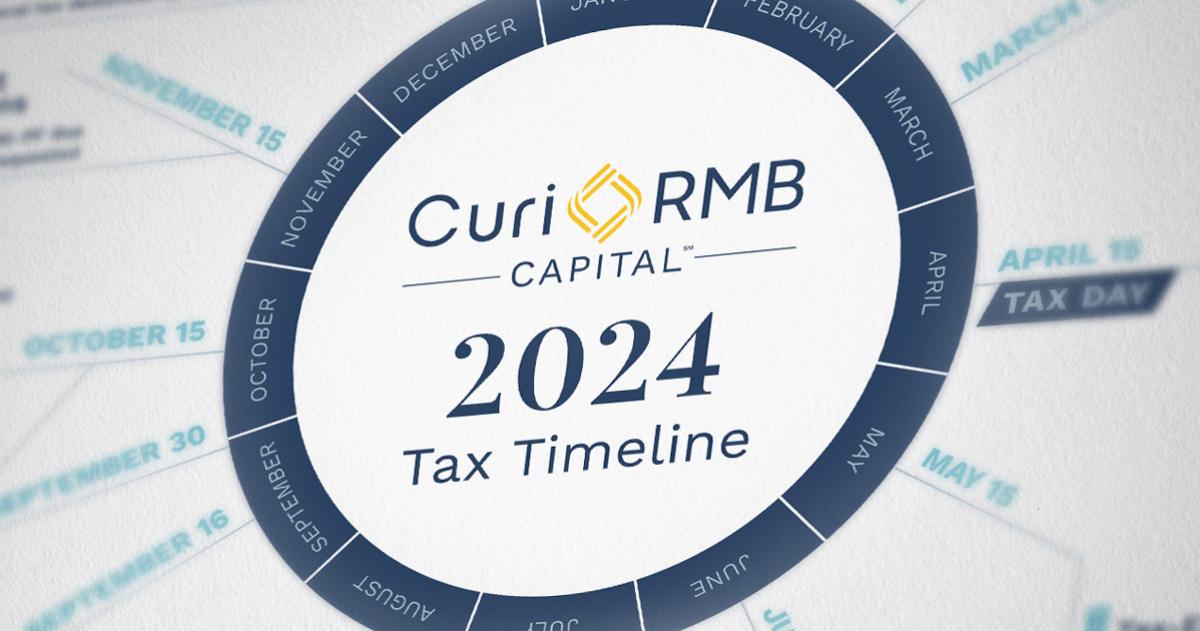College costs continue to soar, and for many parents, the right way to fund their child’s college education remains front of mind. But are 529 plans—the most popular college savings investment vehicle—really the right choice? In many cases, the answer is yes, as the tax benefits of a 529 plan are extremely significant.
Perhaps the most important reason to choose a 529 plan can be summed up in three words: tax-free growth. When it comes to qualified education expenses, that is what a 529 plan provides that no other vehicle can. To quickly demonstrate the power of tax-free growth, a $25,000 investment growing at 9% a year for 18 years will be worth roughly $118,000 in a tax-free vehicle like a 529, whereas in a taxable vehicle that same investment will produce roughly $81,000 in future value (assuming a 25% marginal tax rate). This tax-deferred growth can be incredibly meaningful when tuition bills come due.
Ways to Use 529 Plan Funds
In many states, “qualified education
expenses” include:
- College tuition
- Room and board
- Off-campus housing
- Books
- Fees
- Computers
- Internet access
- Specialized equipment needs on campus
- Qualified K-12 expenses
- Many vocational and trade schools
The tax benefits of a 529 are magnified further if you are a resident of one of the dozens of states that provide incentives in the form of income tax deductions or tax credits for residents to invest in their home state 529 plan. For example, Colorado provides both a state income tax break and matching contributions for resident parents who invest in the state-run 529 plan1, according to CollegeInvest and the Colorado Department of Higher Education. If your state offers 529 incentives, it’s almost always going to be a no-brainer to use your state’s 529 plan for your education funding needs.
Why else might you choose a 529 plan versus another savings vehicle? The funds in a 529 can now be used in more ways than many investors realize, as “qualified education expenses” covers a wider (and growing) range of expenses today than in the past, according to U.S. News & World Report. While 529 plan funds have long been used to pay for college tuition and room and board, under recent legislation, they may now also be used to pay for off-campus housing, books, fees, computers, internet access, and any specialized equipment your child might need on campus. If your student is starting a business after graduation, certain business equipment, if purchased while they are in school, may be covered too. These recent legislative changes have made it so parents in many states can use 529 accounts for qualified K-12 expenses and many vocational and trade schools — widening the use case for the plans.2
One of the biggest concerns we hear from parents about using 529 plans is a fear that parents could over-fund their child’s education or spend years saving for a child who doesn’t end up needing the funding, either because they receive a scholarship to college or decide an education covered under “qualified education expense” isn’t for them. These are valid and understandable concerns, and trying to forecast 18 years into the future is daunting under even the best of circumstances.
The good news is, the money saved in your 529 plan isn’t stuck there, as the plans provide significant flexibility in the event that the funds are not needed for college, vocational training or trade school. According to SavingForCollege.com, if a child gets a scholarship, fellowship or other employer-based tuition assistance, parents can withdraw an amount equal to the award from a 529 without penalty. If a child finds themselves not interested or not able to attend any qualified educational institution3, parents can designate » alternate beneficiaries or pay down a portion of a family member’s student loans with 529 funds.
Even in the “worst case scenario” where the funds can’t be used for anyone’s education, parents can always withdraw the funds from the 529 anytime by paying a 10% penalty and income tax on the gains (the principal in a 529 can always be withdrawn without penalty). With 18 years of tax-deferred growth, some parents may have already outperformed the penalty with the growth of the investments inside their plan.
To be sure, there are other savings vehicles out there for parents: UTMA (Uniform Transfers to Minors Act) accounts are a means for relatives to gift financial assets to minors. However, UTMAs come with tax implications, and a parent has no control over how these accounts are used once the child reaches the age of majority in their state—a child could use the funds as they see fit, which may or may not be in line with the giver’s original intent for the gift. Roth IRAs are another option sometimes touted as a good college-savings tool, but they only allow you to take your contribution out penalty-free, not the gains, according to the IRS website, and as a personal retirement savings vehicle, withdrawing funds for college education comes at the expense of the owner’s own retirement goals. Roth IRAs are a great savings tool, but they are not designed for college savings4. There are plenty of “do it yourself” college-saving strategies out there, utilizing a variety of vehicles, but none of these options has the favorable tax treatment and flexibility of the 529 plan.
Even though there are many benefits, investors should be aware of the nuances in the 529 plan landscape. Not all 529 plans are created equally. Some states have higher-quality plans than others, and investors can find plans that are not associated with their home state at all. There are direct-sold 529 plans (where no advisor is officially associated with the plan) and broker-sold 529 plans (where an advisor or investment professional can direct the investments and charge a fee). When opting for a broker-sold plan, it’s important for investors to be aware of the fees and commissions that can be charged, and their impact on the investor’s long-term savings. When saving for future education expenses, it’s important to talk with your advisory team to understand the investment options, fees and risks associated with 529 options and develop a plan that is catered to your individual circumstances, from both a tax planning and risk tolerance perspective.
The bottom line is, there are many ways to use 529 funds that investors may not be aware of and a variety of ways “out” of a 529 plan, if needed. But there is no other savings vehicle that provides the kind of tax-deferred (and ultimately tax-free) growth for higher education than a 529 plan.
- https://www.collegeinvest.org/matching-grant-program/ https://www.collegeinvest.org/529-savings-plan-benefits/529-plan-tax-advantages/
- https://www.usnews.com/education/best-colleges/paying-for-college/slideshows/10-things-you-can-buy-with-529-savings-plan-distributions
- https://www.savingforcollege.com/article/5-ways-to-spend-leftover-529-plan-money
- https://www.irs.gov/retirement-plans/ten-differences-between-a-roth-ira-and-a-designated-roth-account
The opinions and analyses expressed in this communication are based on RMB Capital’s research and professional experience and are expressed as of the mailing date of this communication. Certain information expressed represents an assessment at a specific point in time and is not intended to be a forecast or guarantee of future results, nor is it intended to speak to any future time periods. RMB Capital makes no warranty or representation, express or implied, nor does RMB Capital accept any liability, with respect to the information and data set forth herein, and RMB Capital specifically disclaims any duty to update any of the information and data contained in this communication. The information and data in this communication do not constitute legal, tax, accounting, investment, or other professional advice. An investment cannot be made directly in an index. The index data assumes reinvestment of all income and does not bear fees, taxes, or transaction costs. The investment strategy and types of securities held by the comparison index may be substantially different from the investment strategy and types of securities held by your account.
Certified Financial Planner Board of Standards Inc. owns the certification marks CFP®, CERTIFIED FINANCIAL PLANNER™, and federally registered CFP (with flame design) in the United States, which it awards to individuals who successfully complete the CFP Board’s initial and ongoing certification requirements.







